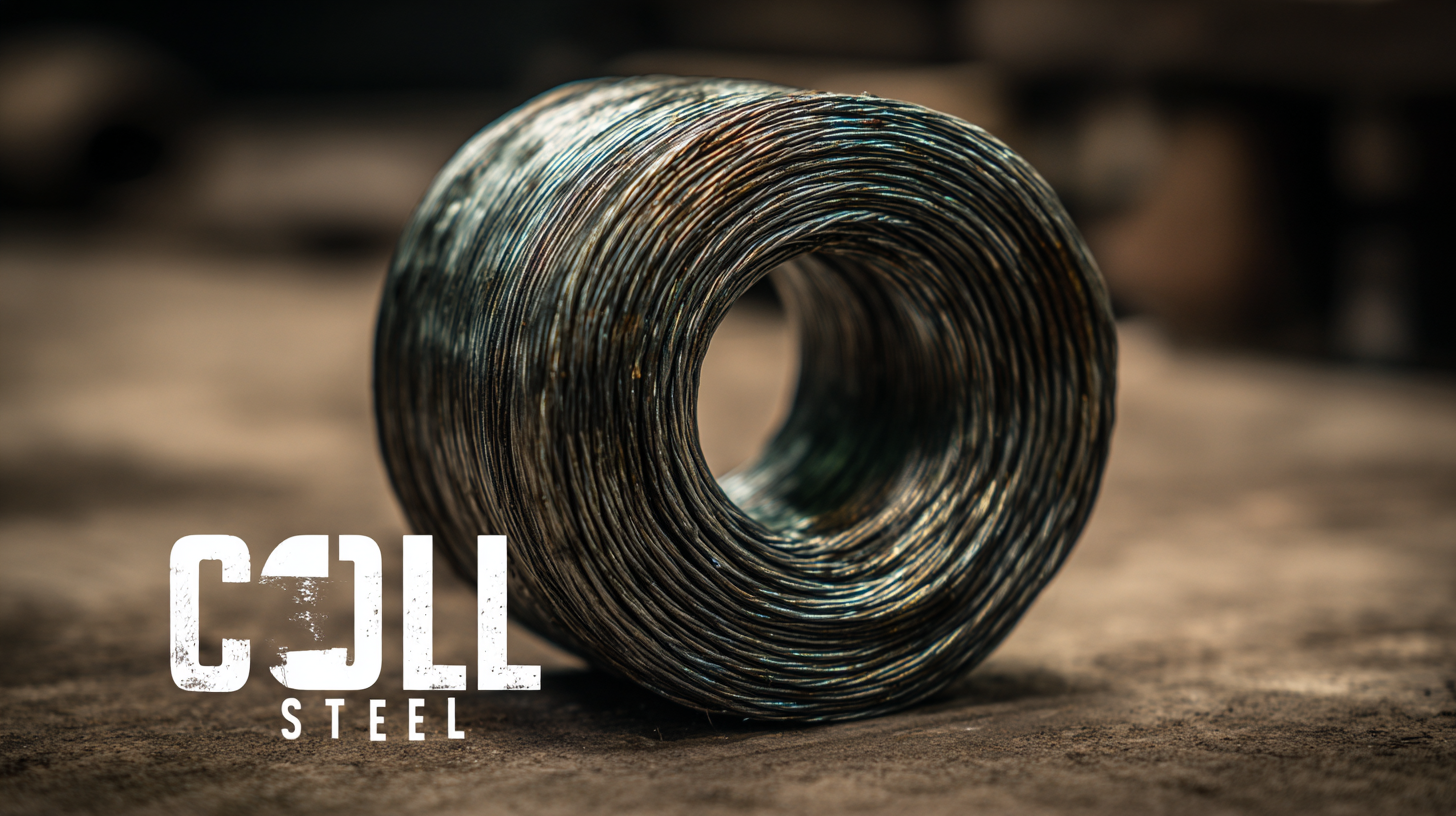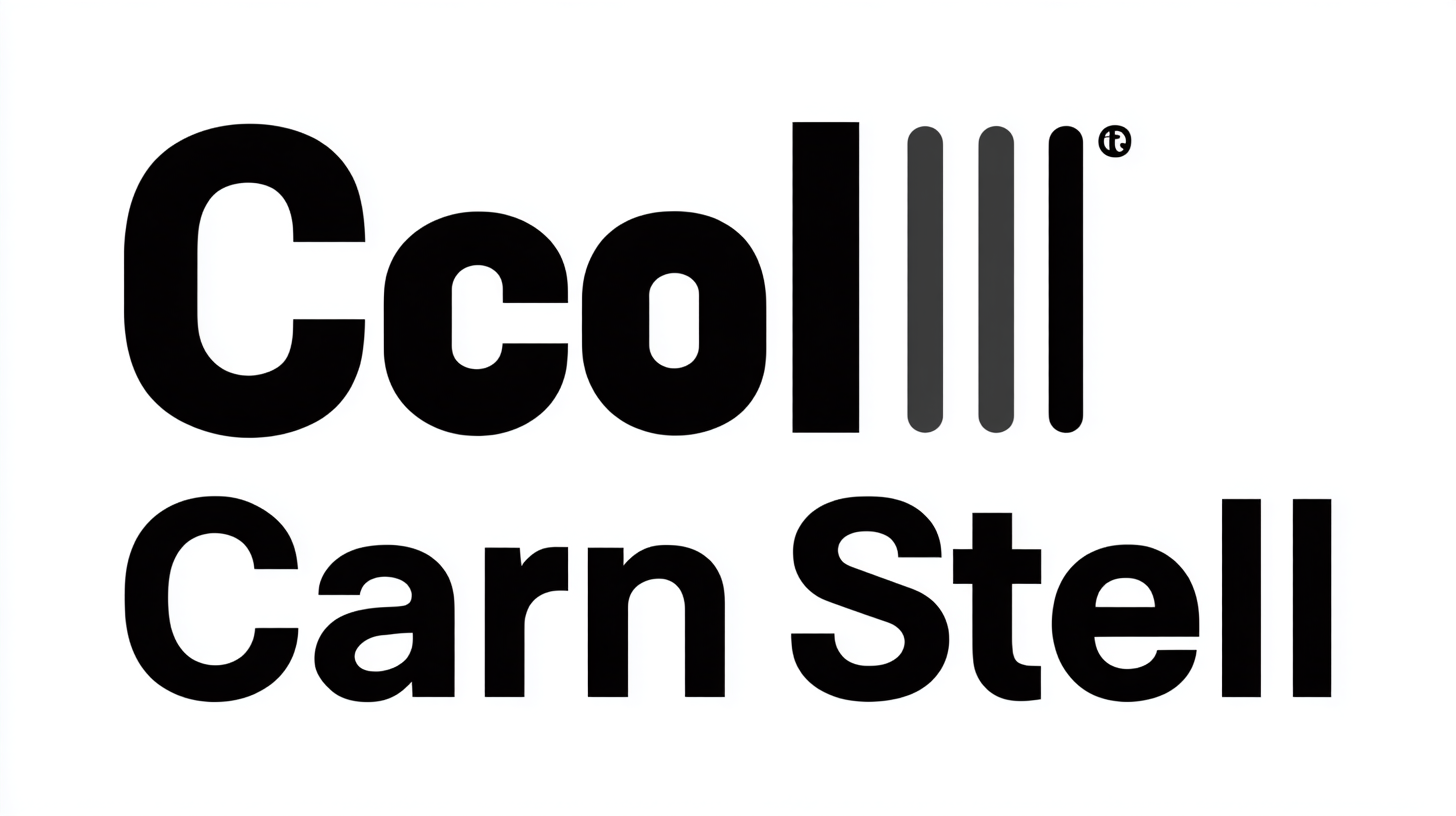In recent years, the demand for Coil Carbon Steel has surged, driven by its versatility and strength in various applications. According to a report by Grand View Research, the global carbon steel market is projected to reach USD 1.7 trillion by 2027, indicating a rapid expansion in multiple industries, including construction, automotive, and manufacturing. While Coil Carbon Steel has long been favored for its mechanical properties and cost-effectiveness, the industry is witnessing a shift towards innovative alternatives that promise enhanced performance and sustainability. This blog will explore the characteristics and applicability of different alternative materials, such as high-strength low-alloy (HSLA) steels, advanced high-strength steels (AHSS), and other composite materials, providing insights on how to choose the right solution for your next project. By examining these innovative options, we aim to help engineers and project managers make informed decisions while adapting to the evolving landscape of steel production and usage.

The coil carbon steel market is witnessing a transformative shift as innovative materials emerge to challenge traditional options. These alternatives not only offer enhanced performance but also promote sustainability across various industries. Among these, advanced alloys and high-strength steel grades are gaining traction for their superior durability and lightweight properties, making them ideal choices for automotive and construction applications.
**Tip:** When considering alternatives to coil carbon steel, assess the specific requirements of your project, such as weight, corrosion resistance, and strength. Researching the characteristics of these innovative materials can help you make informed decisions that align with your project goals.
Additionally, composite materials are beginning to take center stage, combining the benefits of steel with additional features such as improved thermal resistance and reduced weight. These composites can provide a competitive edge in performance while meeting stringent industry standards.
**Tip:** Collaborate with material engineers to explore the latest advancements in composite technologies. This partnership can yield valuable insights into the best materials suited for enhancing your projects while adhering to budget constraints.

As industries continue to seek sustainable practices, the transition from traditional materials like best coil carbon steel to more environmentally-friendly alternatives offers a promising solution. New developments in steel technology have produced alternatives that significantly reduce carbon emissions during production. For instance, using recycled steel not only minimizes waste but also requires less energy than producing new steel from raw materials. This not only lowers the overall carbon footprint but also supports the circular economy by reintroducing materials back into production.
Moreover, innovative solutions such as bio-based steels and those produced using renewable energy sources are gaining traction. These alternatives aim to address the critical issues associated with conventional steel manufacturing, such as excessive resource consumption and environmental degradation. By opting for these green alternatives, businesses not only contribute to environmental preservation but also enhance their brand image, appealing to increasingly eco-conscious consumers. The environmental benefits of these alternative steel solutions demonstrate a meaningful shift towards a more sustainable future in the construction and manufacturing sectors.

As industries seek more sustainable and innovative materials, the comparative analysis between
traditional coil carbon steel and emerging alternatives is
gaining traction. Recent research highlights the notable differences in
carbon footprints among various materials, such as
stainless steel, particularly in regions like the
EU, Indonesia, and China. This underscores the importance of
understanding how material sourcing and processing can influence environmental impacts. For instance, the
innovations in using
carbon fiber-reinforced polymers (CFRP) reveal not
only lighter weights but also greater sustainability when compared to conventional steel in construction applications.
Additionally, innovations in
welding techniques, such as magnetic pulse welding (MPSW),
are facilitating the use of dissimilar materials, which opens up possibilities in automotive applications.
This method demonstrates how new joining mechanisms can improve mechanical properties significantly when
integrating advanced materials. While the mechanical properties of hot-rolled steel plates can now be predicted
with machine learning, there’s a growing emphasis on integrating composite materials into designs,
showcasing their potential advantages in specific scenarios, like
lightweight spring components. As we explore these
emerging materials, the quest for optimized performance and
sustainability continues to redefine engineering standards.
China is increasingly positioning itself as a leader in the global steel industry, driving technological advancements and fostering innovation among private enterprises. The recent emphasis on stimulating the vitality of private enterprises in China's science and technology landscape reflects a broader vision of transforming the steel sector through research and development. With industry experts prioritizing technology innovation over mere production increases, private firms are encouraged to engage in R&D, paving the way for breakthroughs that benefit both the sector and the broader economy.
As the global market evolves, China’s initiatives to integrate sustainable practices, such as expanding the carbon market to include key industries like steel, cement, and electrolytic aluminum, underscore its commitment to environmental responsibility. This strategic shift not only advances the application of biomass energy and materials but also positions China as a contributor to the green transformation of the industry. By leading the way in these innovations, China is not only enhancing its own industrial capabilities but also contributing to the global discourse on sustainable development and technological progress in the steel sector.
This chart illustrates the percentage of global market adoption for various innovative alternatives to best coil carbon steel, highlighting the advancements being made in steel innovation and the role of alternatives in the market.
When embarking on a new project, exploring alternative steel options can lead to innovative solutions that not only enhance functionality but also reduce costs. Recent case studies highlight successful projects that have embraced alternatives to traditional coil carbon steel. For instance, a bridge construction project utilized high-strength low-alloy (HSLA) steel, resulting in a lighter structure with improved resistance to weathering and fatigue. This adjustment not only reduced material costs but also sped up the construction timeline.
Tip: When considering alternative steel options, research the specific properties required for your project. Different steel types offer various benefits, such as increased strength, better weldability, or enhanced corrosion resistance. Understanding the application will guide you in selecting the most suitable material.
Another noteworthy case involves the use of stainless steel in architectural applications. A modern facade designed with this material not only provided an eye-catching aesthetic but also ensured longevity and minimal maintenance. The choice of stainless steel ultimately contributed to sustainability goals by reducing the frequency of replacements.
Tip: Engage with suppliers and industry experts to stay updated on the latest innovations in steel alternatives. Their insights can be invaluable in discovering new materials that align with your project requirements while fulfilling safety and performance standards.





